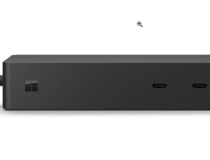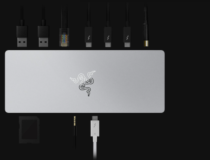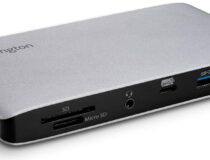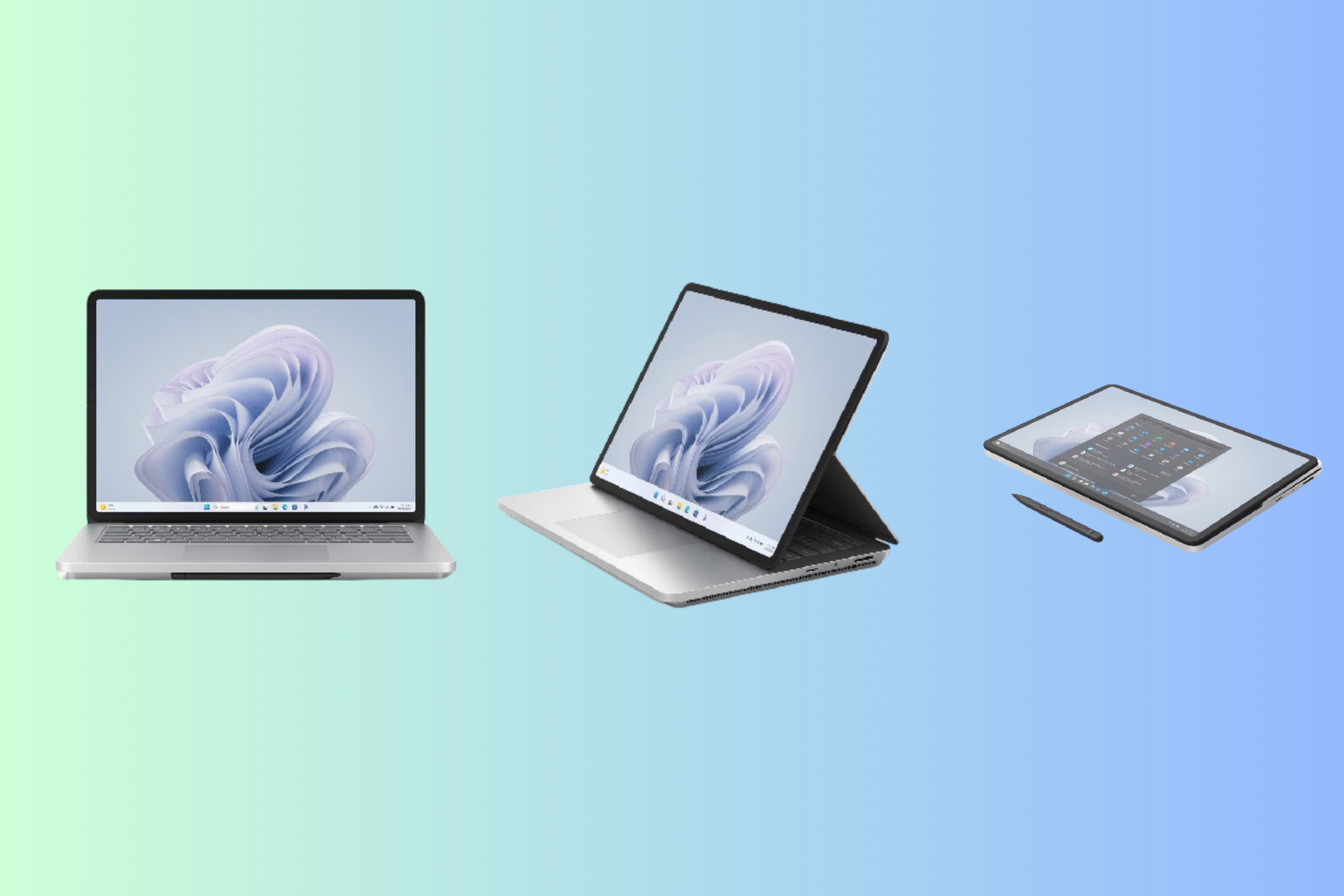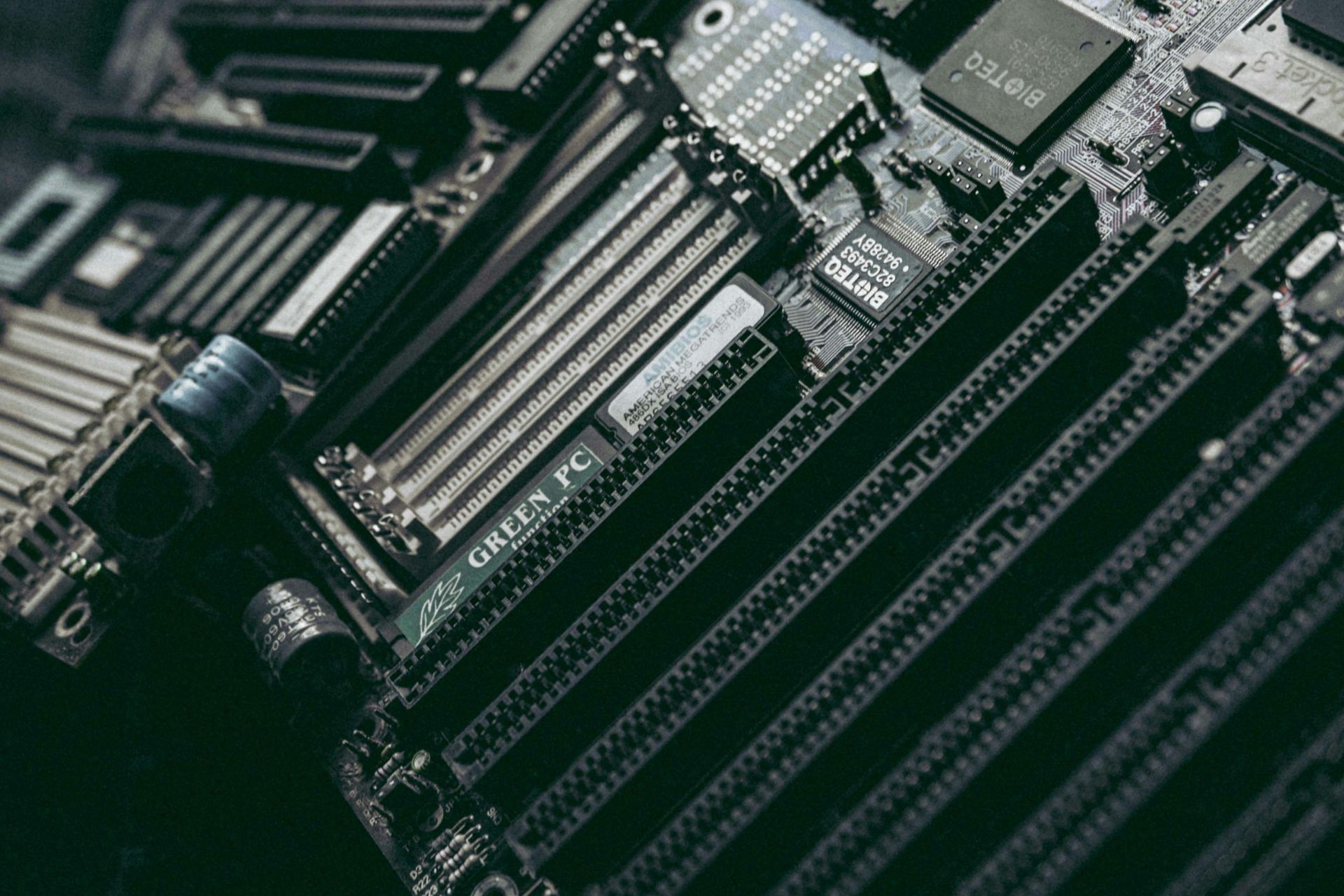3 best Surface Pro 8 docking stations for extended connectivity
3 min. read
Updated on
Read our disclosure page to find out how can you help Windows Report sustain the editorial team Read more
Key notes
- The Surface Pro 8 from Microsoft is a powerful device that'll probably go toe to toe with some of the best laptops in the market.
- However, due to its lightweight nature, it lacks some of the added functionality that comes with other laptops.
- A Surface Pro dock evens this field by allowing you to transform your Surface Pro 8 device into an even more powerful computer.

The Surface Pro 8, like its predecessors, is becoming a preferred choice of computer for many users.
Its ability to perform as both a PC and a tablet is an incentive for people who handle different tasks using their computers.
While it is lightweight and packs enough computing power to be considered a primary computer, the device lacks some features.
In this guide, we will look at 3 of the best docking stations that’ll help you increase functionality for your Surface Pro 8.
What are the best Surface Pro docking stations?
Surface Dock 2
- 6 USB ports
- Longer Surface Connect cable (80 cm)
- Supports dua 4K @ 60Hz
- HDMI adapters are sold separately
Microsoft’s Surface Dock 2 is an excellent choice for a Surface Pro user.
It comes loaded with features that enable you to seamlessly transform your Surface Pro into a more powerful system.
These include 4 USB-C (gen 2) ports, an additional 2 USB-A ports, a 3.5mm audio jack, security lock support, and a 1 gigabyte Ethernet port.
Such connectivity features make the easy and possible to make the Surface Pro 8 your main PC.
Razer Thunderbolt 4 Dock
- Supports Thunderbolt 4 connection
- Comes with 10 ports
- It has a pass-through charging system
- It can be a bit buggy
The Razer Thunderbolt 4 Dock comes in second as a choice pick for your Surface Pro 8.
It is considered one of the best third-party products that will go well with your Surface Pro 8.
This dock has a built-in USB-C charge charger that will keep your device charged at all times.
Other features include dual monitor support for 2 4K @ 60Hz displays, 10 ports for added connectivity and RGB lighting if you want to create some atmospheric lights.
Kensington SD2500T Thunderbolt 3 docking station
- 8 meter Intel Certified TB3 cable
- SD card reader and Micro SD card reader
- 60W Power Delivery
- Lacks the downstream thunderbolt 3
- Does not come with HDMI cables
The Kensington SD2500T is another ideal third-party product for your Surface Pro 8.
This product allows you to expand functionality with Intel’s Thunderbolt 3 technology which is compatible with devices such as your Surface pro 8.
If you wish to connect your Surface Pro 8 to external monitors, you have the option of 2 4K UHD @ 60HZ and 1 8K UHD @ 30HZ using the Thunderbolt 3 port.
Other ports such as the USB-C offers great support for extra monitors to keep your workflow at an optimum level.
The 120-watt power supply delivers 60Watts which is enough to deliver power to peripherals like your mouse, keyboards and hard drives as well as charge your phone or tablet.
A proper docking system is more than enough to cover some of the issues that have been experienced by Surface Pro users.
If your wish is to increase functionality such as the Surface Pro 8 docking station dual monitor connection, then any of these products will work just fine.
Finally, don’t forget to let us know which docking station you picked for your device in the comment section.

